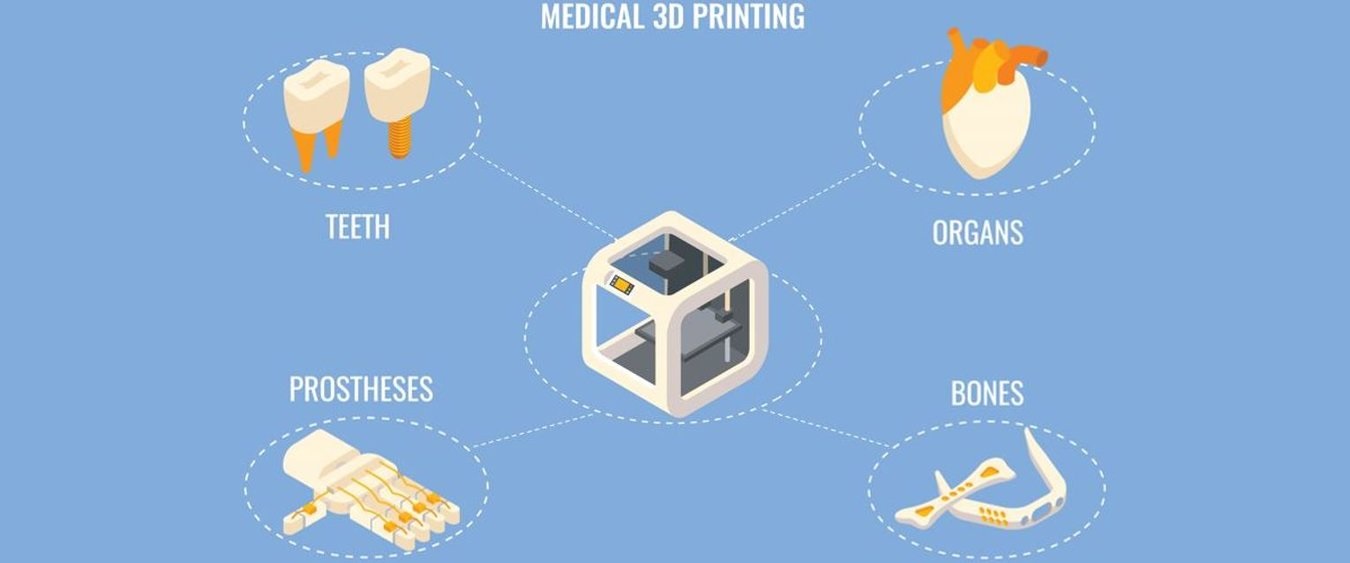Long before gelatin obtained its name from the Latin “gelare,” to freeze a couple of thousand years ago, pre-modern humankind had already worked out the gelatin-like stuff generated by cooking animals was useful. About 8000 years earlier, according to archeologists.
In an age where making it to seniority carried a couple of assurances, our cave-dwelling as well as later Egyptian ancestors were removing a primitive form of gelatin by condensing pet conceal as well as the bone to make a collagen or glutin adhesive for furnishings, clothes, as well as devices that can be the distinction between life and fatality in rough environments as well as living problems.
The ancient Egyptians likewise prepared bone-based broths as well as discovered specific removals when cooled might be consumed, probably the very first time gelatin was generated as a particular food item.
They may not have known it, but these ancients were carrying out a primitive kind of what we today know as “partially hydrolyzing collagen.”
If you want to know about the gelatin factory,
Utilizing gelatin in food
In the Middle Ages, food and nutrition links relocated to the fore; gelatin-rich deer antler or calf bones’ feet broth extracts were being promoted for their positive effect on joint health by the clinical professionals of the duration.
The Medieval Period saw the gelatin-like extracts that were by-products of cooking different meats end up being popular, commonly sweetened, as well as flavored, and acted as desserts.
But this process was laborious and hence generally constrained to the aristocracy, that might pay servants to do it, till the Renaissance when French mathematician Denis Papin created the pressure cooker in 1682. The pressure stove, or “digester” as it was called, meant bones might be simplified extra effectively to make sheets or fallen leaves of gelatin that could be utilized as a basic foodstuff for the people as Papin himself claimed.
As early as 1754 the initial patent for gelatin handling was approved in the UK.
By the Napoleonic battles of the very early 1800s, the small basic himself commissioned research into gelatin’s capacity to act as a different protein resource for his militaries when meat was limited, which it regularly was during the apparently countless European wars of that duration.












